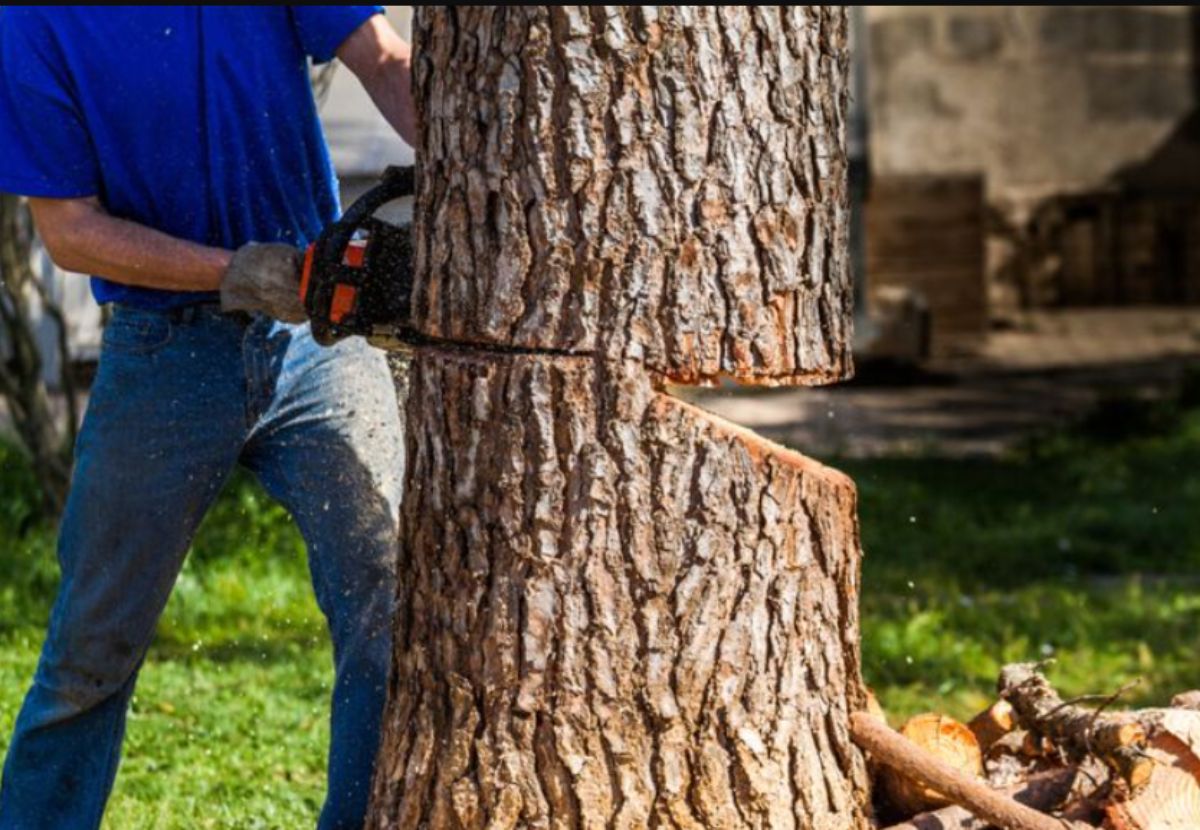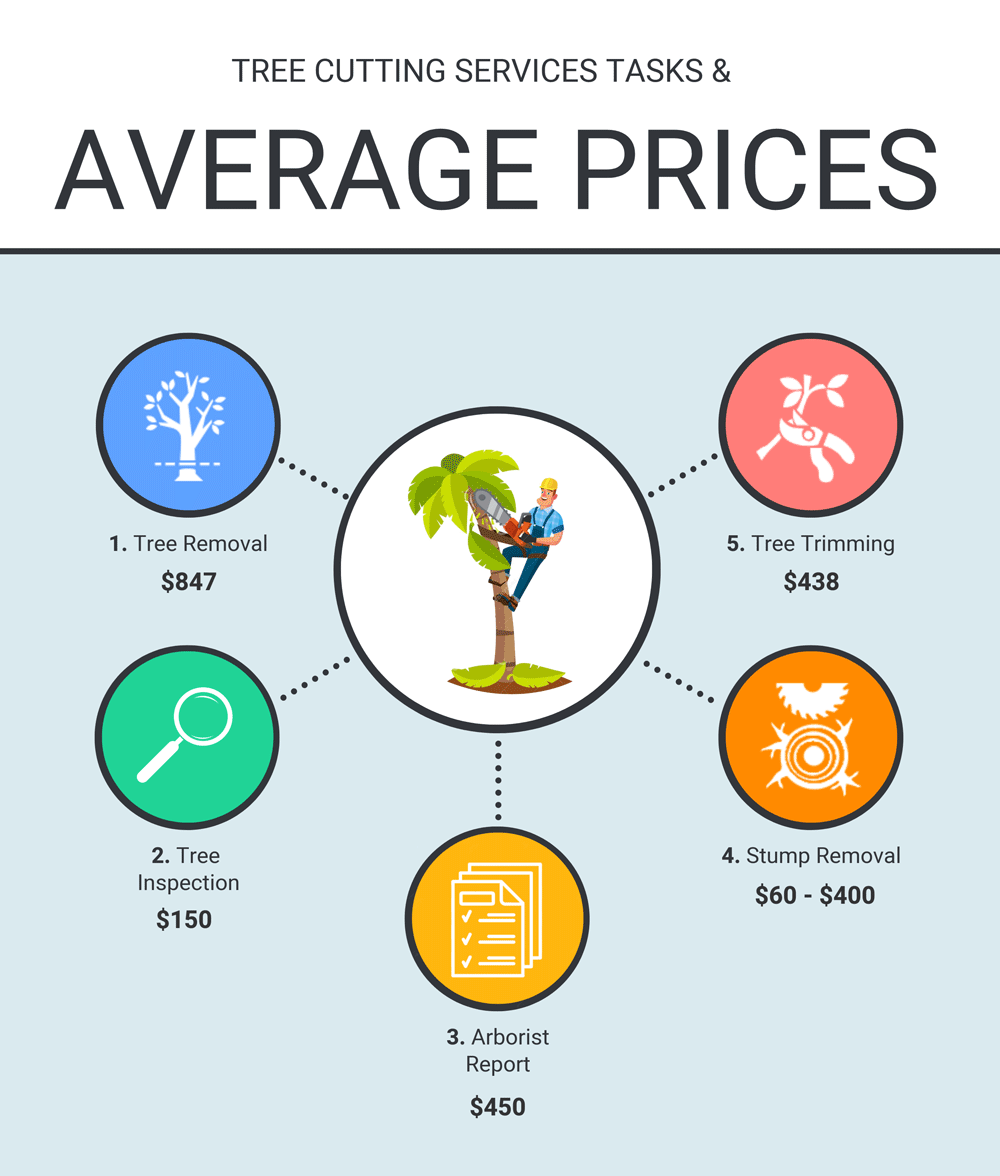Featured
Table of Contents
- – Grambling, LA Arborist Pricing FAQ
- – Grambling, LA Stump Grinding Cost Structure
- – Budget Stump Removal In Grambling, LA
- – Additional Stump Removal Service Plans In Gra...
- – How Much Will An Tree Trimming Cost Me In Gra...
- – Understanding Arborist Estimates In Grambling...
- – Grambling, LA Tree Removal Cost Estimator
- – Grambling, LA Stump Removal Customer Reviews...
- – How Much Do Grambling, LA Tree Services Cost
- – Grambling, LA Arborist Maintenance Plans: Co...
- – Grambling, LA Tree Service Relocation Costs
- – Grambling, LA Arborist: Common Pricing Mista...
- – Stump Removal Costs In Grambling, LA
- – Ongoing Tree Clearing Costs In Grambling, LA
- – Top Tree Removal Reviews In Grambling, LA

The subsections below supply more in-depth information about prices, consisting of an average range for each. TypeAverage Removal CostPineConiferPalmMagnoliaArborvitaeAshCedarSweet GumEucalyptusSycamoreCypressOakMaplePoplar You can expect to pay in between to remove a pine, depending on its size. Getting rid of a pine is among the more affordable jobs unless it is one that has been around for several years and is rather large.
Grambling, LA Arborist Pricing FAQ
Pines likewise have a tap root that grows deep into the soil, which can show to be more challenging to get rid of. The procedure itself includes a professional cutting the tree, clearing the base, cutting the surface roots, eliminating the stump, and lastly dealing with the soil. Without a professional hand, you risk leaving pine seedlings behind, which will fall from the roots of distressed pines.
Grambling, LA Stump Grinding Cost Structure
The U.S. national average for conifer elimination is approximately to have the conifer lowered, transported away, and the stump ground or gotten rid of entirely. Conifers are usually easier to remove, and although they can grow rather tall, they do not cost a fortune to get rid of. Conifers consist of pine, spruce, fir, and juniper trees.
Budget Stump Removal In Grambling, LA
While conifers are stunning, they eliminate native plants and particular types of turf (tree service). The typical cost of palm elimination depends on the height as much as the type, ranging from.
Additional Stump Removal Service Plans In Grambling, LA
That is why it is essential to understand which type you are removing. While you do not need an herbicide to kill a palm tree, there are some actions your removal specialist will need to take to make sure the job is done correctly. There are 2 ways they can eliminate them: by chopping them down or digging them up.
How Much Will An Tree Trimming Cost Me In Grambling, LA
From there, they get rid of the real tree and then the stump. Expect to pay between to remove this type of tree, depending on the precise size and information of the job.
Understanding Arborist Estimates In Grambling, LA
There are 3 types: green, white, and black ash. White ash is understood for its numerous colors. With its gray-tinged bark, its leaves are green or purple in the spring and golden yellow or purplish-red in the fall. They enjoy moderate climates and great deals of sun. The green ash is named such due to its green or yellow foliage.
Grambling, LA Tree Removal Cost Estimator

Due to the variation in height, the elimination cost difference is broad from. A coniferous, evergreen tree, the cedar is a hardy species.
Grambling, LA Stump Removal Customer Reviews: Pricing
The development of false cedars differs from 50 feet approximately 230 feet high. House owners may pay anywhere from, depending upon the roots. With star-shaped leaves and spectacular fall colors, the sweet gum is considered a medium to large tree. Delighting in full sun, the sweet gum can not tolerate pollution.
How Much Do Grambling, LA Tree Services Cost
It has a big root base of 40 to 50 feet, which affects the elimination cost. Typically, it costs in between to remove a eucalyptus. Eucalyptus are not typical all over, but they are quite large compared to others, which is why even the smaller ones are so pricey to get rid of. Initially from Australia, eucalyptus are intrusive plants that grow in thick groves that take out native plants.
Grambling, LA Arborist Maintenance Plans: Costs
There are a handful of methods to do this, including burning, pulling, grinding, or eliminating them with herbicide. Expect to pay between to remove sycamores, based upon the height, trunk size, and quantity of work included. Sycamores are among the biggest wood trees, typically varying from 60 to 100 feet tall and as broad as 15 feet.
Grambling, LA Tree Service Relocation Costs
The very first two steps will expose the withins of the tree and cut off the flow of nutrients up the trunk. From there, an expert applies herbicide to eliminate the tree and cuts down the trunk.
Grambling, LA Arborist: Common Pricing Mistakes
There are several kinds of Cypress trees, but the most common are the Leyland, Arizona, Bald, and Italian. The Bald Cypress grows in swampy or extremely damp locations while the others take pleasure in a dry, warm, or hot climate (arborist). They can grow as tall as 80 to 100 feet high
Stump Removal Costs In Grambling, LA

Prone to illness, the Cypress is among the most valued woods for furnishings. The typical oak grows to around 60 feet, and depending on the intricacy of the elimination, it costs approximately to get rid of. The exact size of your oak and the effort required to fell it affect what you will in fact spend for elimination along with any additional services like stump grinding.
Ongoing Tree Clearing Costs In Grambling, LA
Access to the trees and the roots will likewise affect the total cost. Maples are normally amongst the more expensive trees to eliminate due to the fact that of their size and the work involved in the removal.
Top Tree Removal Reviews In Grambling, LA
Growing as high as 90 to 115 feet, these massive timbers are mainly found in North America and include the aspen, cottonwood, and balsam trees. The process to remove trees involves all the cutting and cutting of the branches and trunk, bringing it down to a stump.
Table of Contents
- – Grambling, LA Arborist Pricing FAQ
- – Grambling, LA Stump Grinding Cost Structure
- – Budget Stump Removal In Grambling, LA
- – Additional Stump Removal Service Plans In Gra...
- – How Much Will An Tree Trimming Cost Me In Gra...
- – Understanding Arborist Estimates In Grambling...
- – Grambling, LA Tree Removal Cost Estimator
- – Grambling, LA Stump Removal Customer Reviews...
- – How Much Do Grambling, LA Tree Services Cost
- – Grambling, LA Arborist Maintenance Plans: Co...
- – Grambling, LA Tree Service Relocation Costs
- – Grambling, LA Arborist: Common Pricing Mista...
- – Stump Removal Costs In Grambling, LA
- – Ongoing Tree Clearing Costs In Grambling, LA
- – Top Tree Removal Reviews In Grambling, LA
Latest Posts
North Myrtle Beach, SC Tree Clearing Customer Reviews
Wailuku, HI Tree Clearing Experts: Pricing
Honest Tree Clearing Reviews In Lewiston, ID
More
Latest Posts
North Myrtle Beach, SC Tree Clearing Customer Reviews
Wailuku, HI Tree Clearing Experts: Pricing
Honest Tree Clearing Reviews In Lewiston, ID